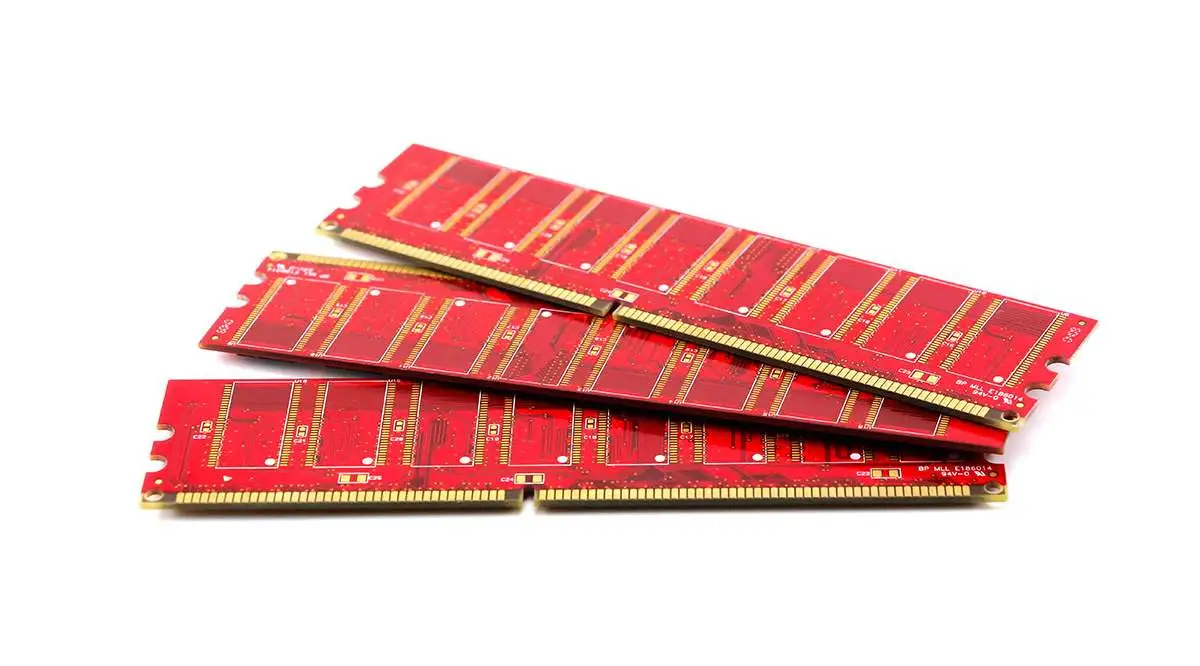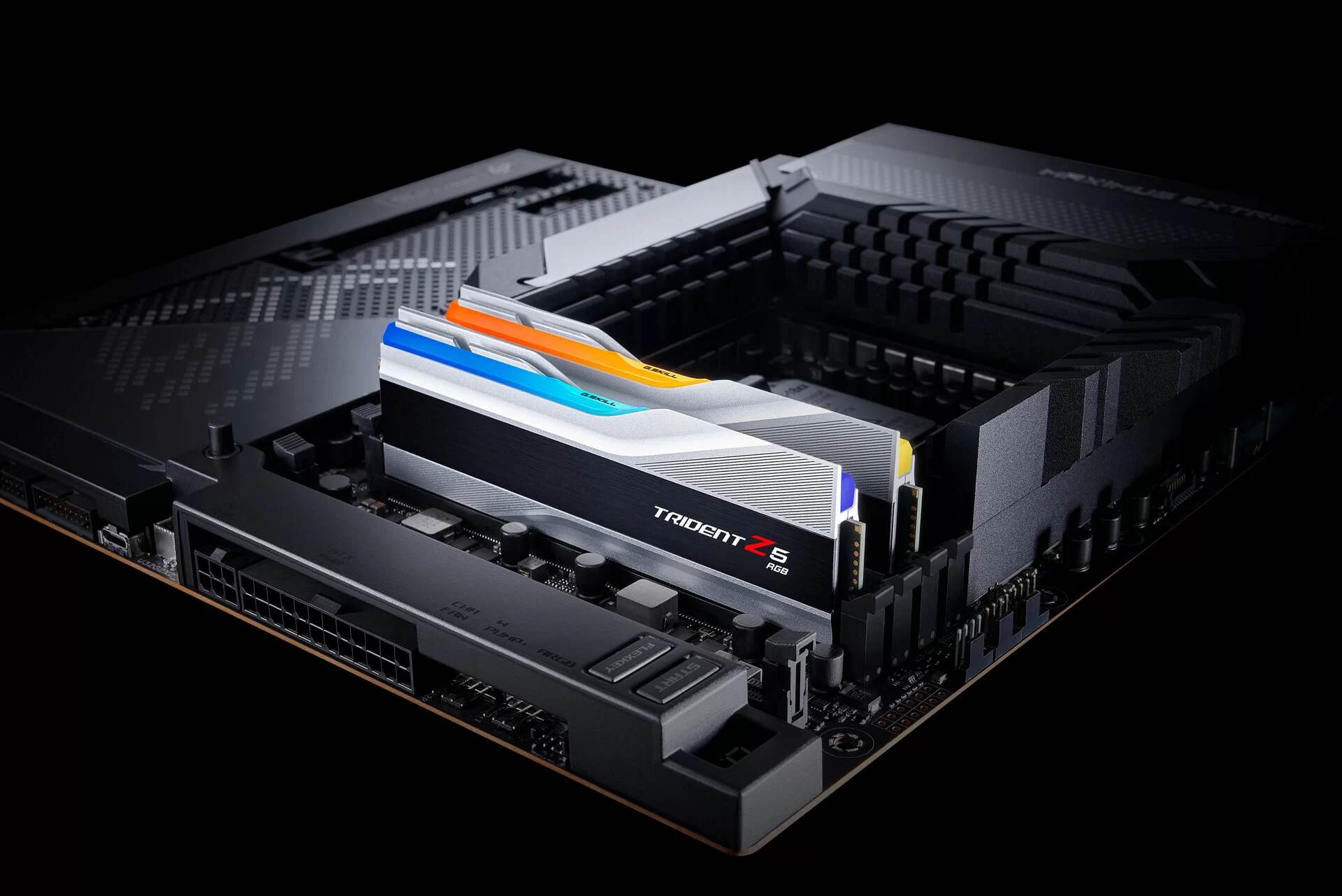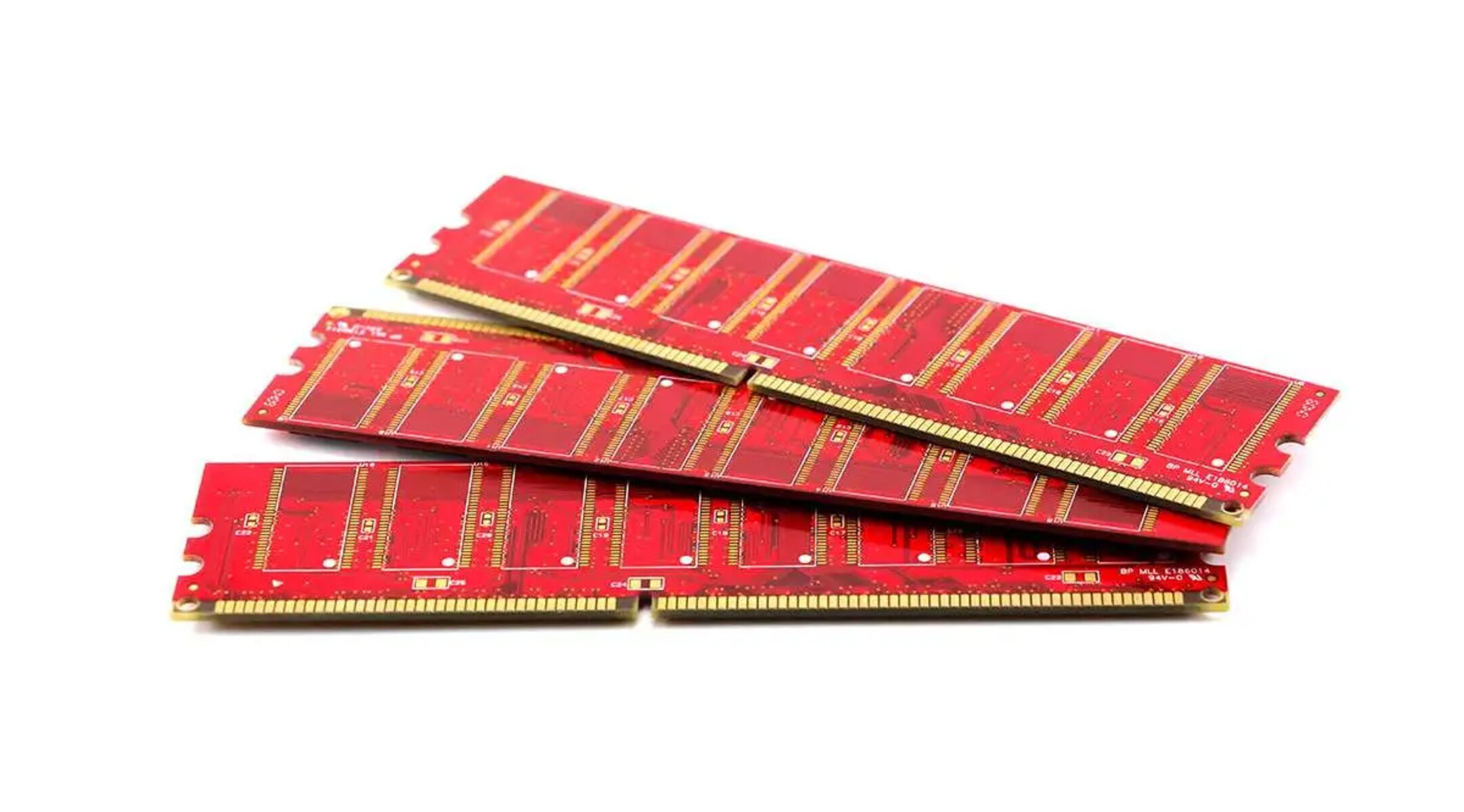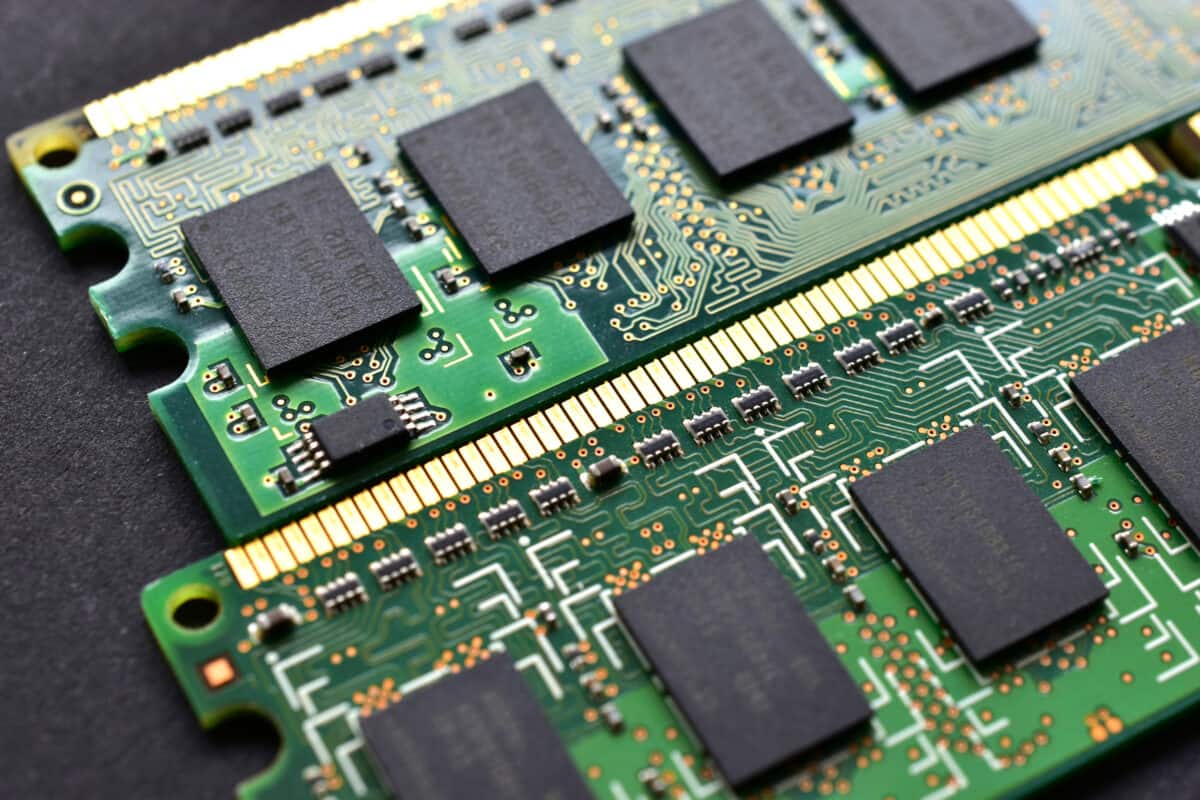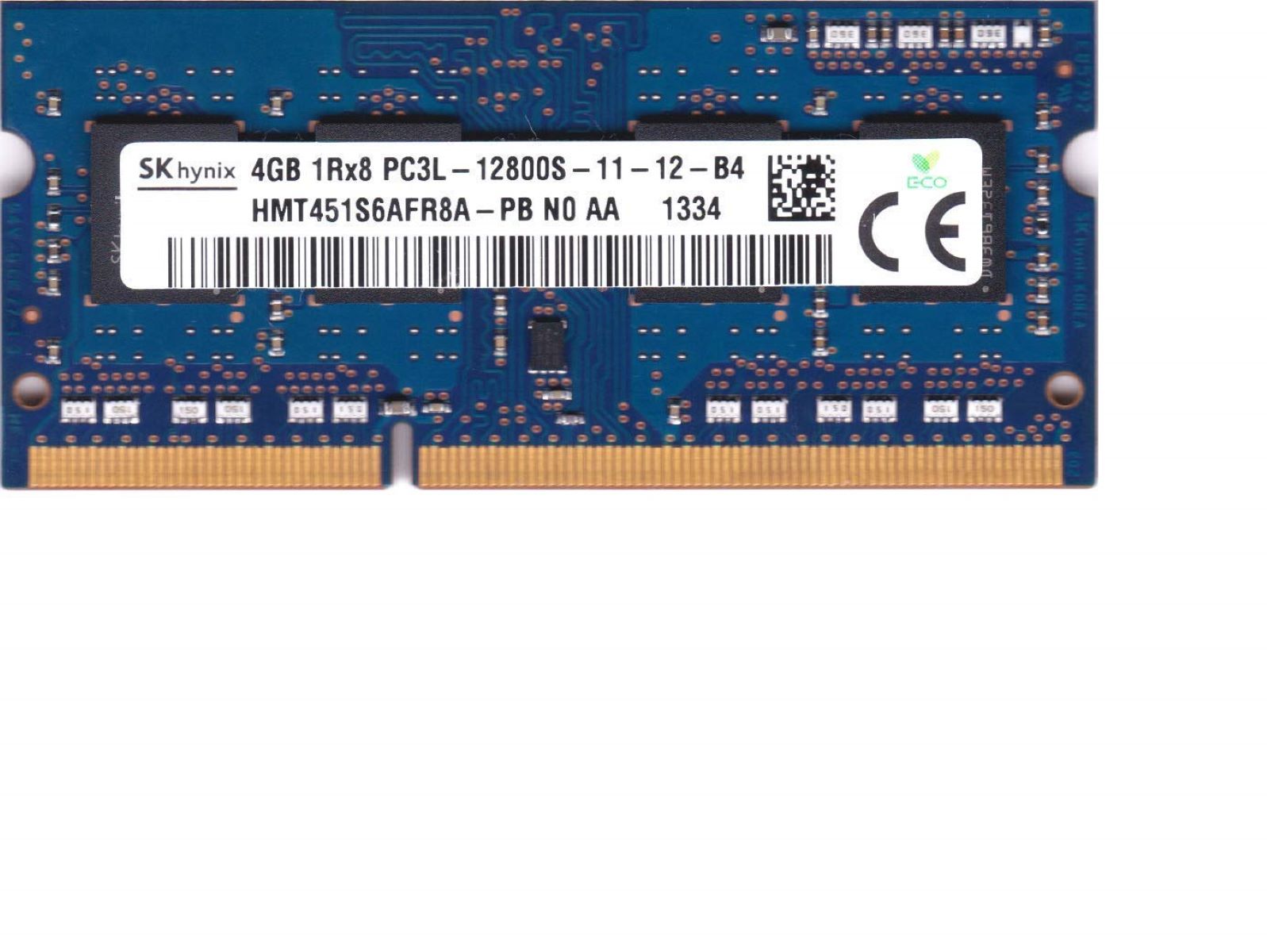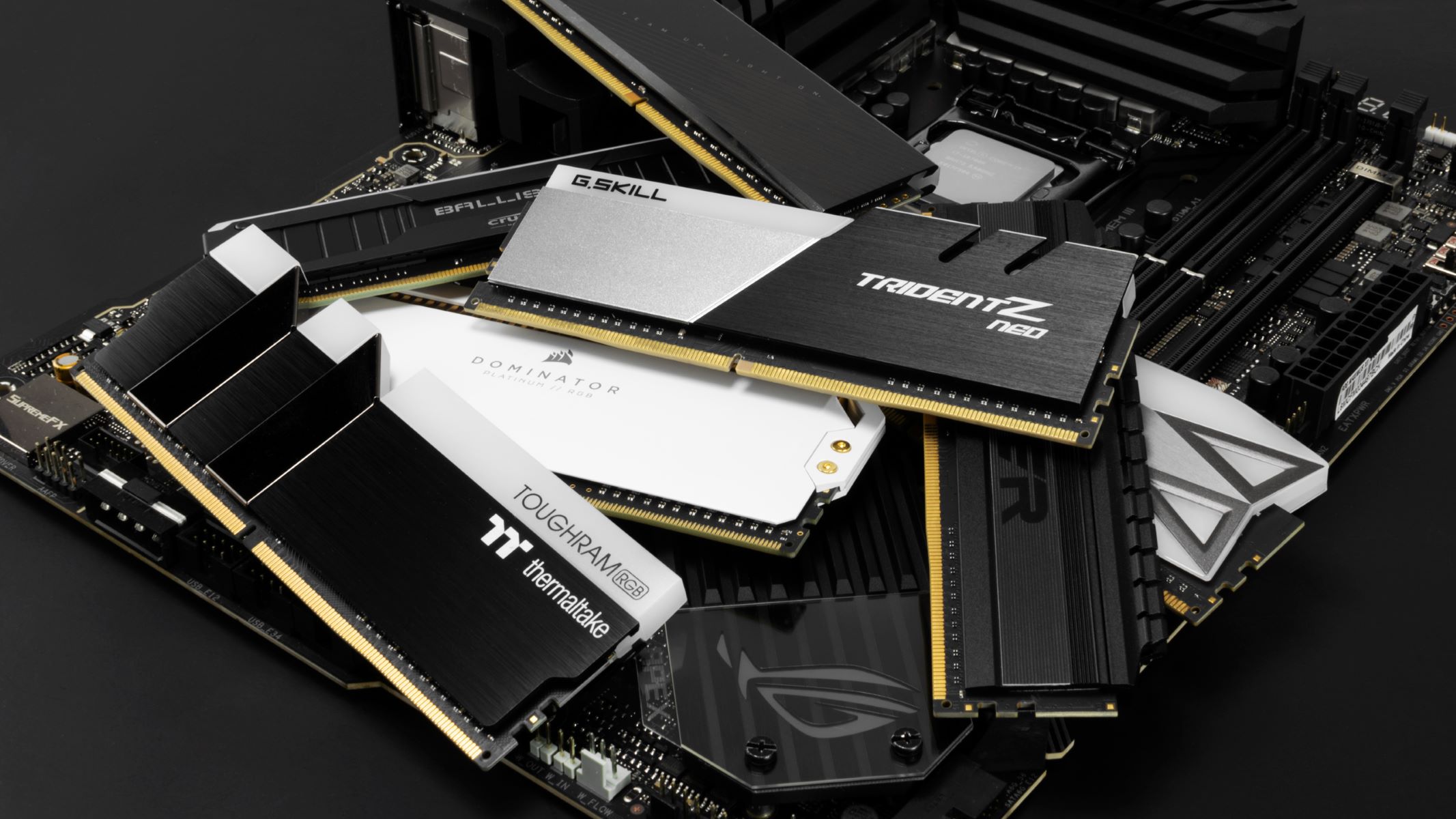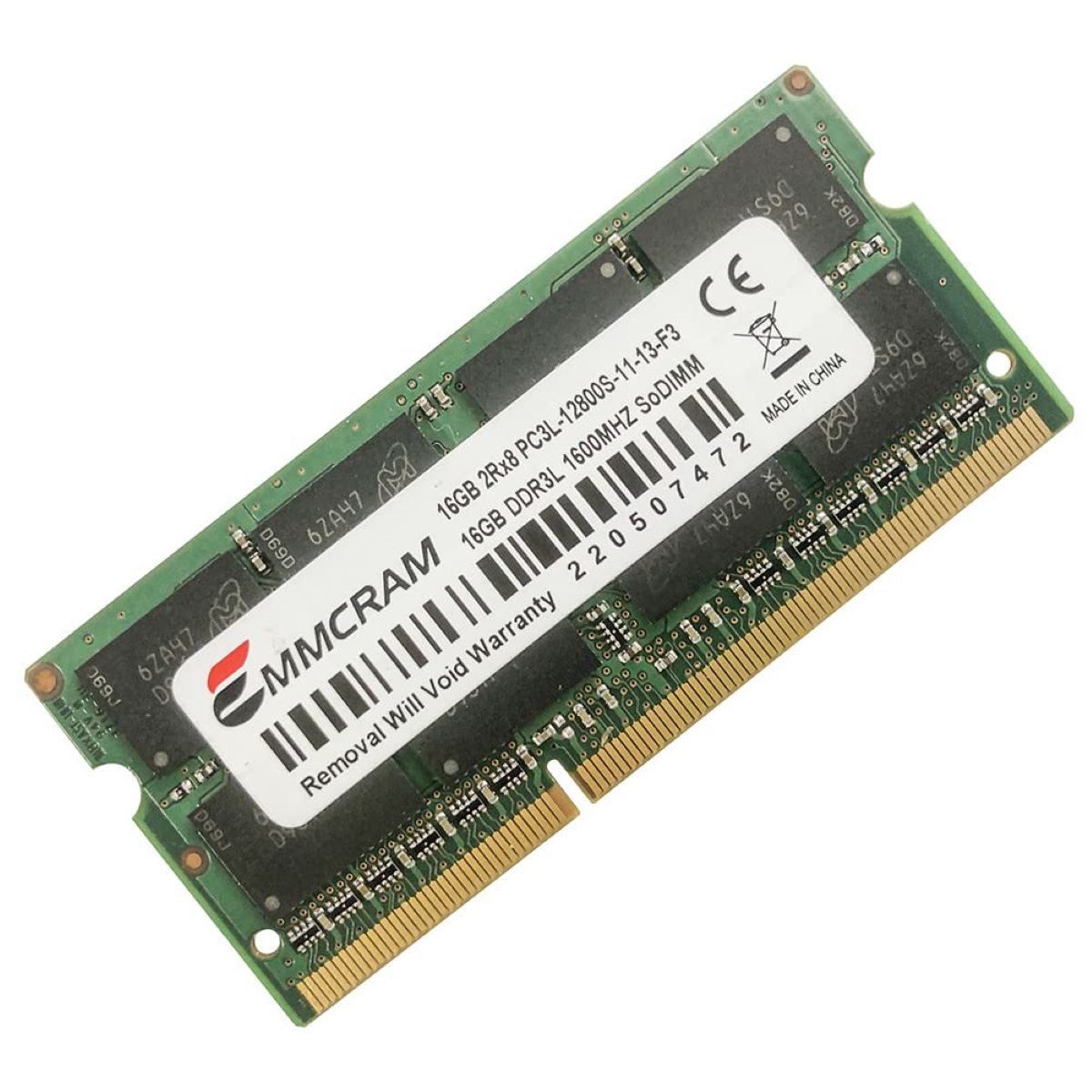Introduction
Welcome to the world of computer memory! When it comes to understanding the performance of your computer’s RAM, one important factor to consider is its MHz. MHz, or megahertz, refers to the clock speed at which your RAM operates. In simpler terms, it determines how quickly data can be read from and written to the memory module.
Why is MHz important? Well, the MHz of your RAM plays a crucial role in determining the overall speed and efficiency of your computer. Higher MHz means faster data transfer, which can result in smoother multitasking, quicker application loading times, and improved overall performance.
Throughout this article, we will delve deeper into the concept of MHz and its relationship with RAM. We will explore how to find out the MHz of your RAM and the importance of upgrading your RAM’s MHz. So, if you’ve ever wondered how fast your memory really is, or if you’re considering upgrading your RAM, keep reading to unlock the secrets behind MHz and its impact on your computer’s performance.
What is MHz?
Before we delve into the relationship between MHz and RAM, let’s first understand what MHz actually represents. MHz stands for megahertz and is a unit of measurement used to quantify the speed at which your RAM operates.
To put it simply, MHz refers to the number of cycles per second that your RAM module can perform. Each cycle represents a single operation, such as reading or writing data. The higher the MHz, the more operations your RAM can perform in a given second, resulting in faster data transfer speeds.
Think of MHz as the heartbeat of your RAM. Just as a higher heart rate indicates better cardiovascular health, a higher MHz indicates better performance for your memory module.
It is important to note that MHz specifically refers to the speed of interactions between the RAM and the memory controller on the computer’s motherboard. It does not directly determine the storage capacity of the RAM module. RAM capacity is measured in bytes or gigabytes and determines how much data can be stored in the memory.
Now that we have a clear understanding of what MHz represents, let’s explore how it relates to the performance of your RAM and, consequently, your computer as a whole.
The Relationship between RAM and MHz
The MHz of your RAM module plays a crucial role in determining how quickly your computer can access and process data. It directly affects the overall performance and responsiveness of your system.
When your computer needs to perform tasks, such as opening applications or running software, it relies on RAM to store and quickly retrieve the required data. The higher the MHz of your RAM, the faster it can read and write data, resulting in reduced latency and improved system responsiveness.
Imagine your computer’s RAM as a highway and the MHz as the speed limit. A higher MHz allows data to travel at a faster speed on this “highway,” resulting in quicker data transfer between the RAM and other components of your computer, such as the processor and storage devices.
The relationship between RAM and MHz can be further understood by considering the concept of bandwidth. Bandwidth refers to the amount of data that can be transferred between your RAM and other components within a specific time frame. Higher MHz enables a larger bandwidth, allowing for more data to be transferred simultaneously.
It’s important to note that the MHz of your RAM must be compatible with the motherboard’s memory controller. If the MHz of your RAM exceeds the capability of the memory controller, the RAM will run at the maximum speed supported by the controller, resulting in underutilization of the RAM’s potential performance.
Furthermore, it’s worth mentioning that the MHz speed is only one aspect of RAM performance. Other factors, such as memory timings and latency, also contribute to the overall efficiency and speed of your RAM module. These factors determine how quickly the RAM can respond to requests and access data, which further impacts the overall system performance.
Now that we understand the relationship between RAM and MHz, let’s explore how you can find out the MHz of your installed RAM module in the next section.
How to Find Out the MHz of Your RAM
If you’re curious about how to find out the MHz of your installed RAM module, there are a few methods you can try. Let’s discuss two common approaches: checking the specifications of your RAM and using third-party software.
Checking the Specifications of Your RAM:
One of the easiest ways to determine the MHz of your RAM is to check its specifications. Start by opening your computer’s case and locating the physical RAM modules on the motherboard. Most RAM modules have stickers or labels that provide information about their specifications, including the MHz speed.
If you’re unable to access the physical RAM modules, you can also find the specifications by checking the documentation or the manufacturer’s website for your computer or motherboard model. Look for details about the RAM installed or supported by your system, and you should be able to find the MHz speed.
Using Third-Party Software:
Another method to find out the MHz of your RAM is to utilize third-party software. There are various system information tools available that can provide detailed information about your computer’s hardware, including RAM specifications.
Popular software options include CPU-Z, Speccy, and HWiNFO. Simply download and install one of these tools, and it will provide you with comprehensive information about your RAM, including the MHz speed.
Once you have determined the MHz speed of your RAM, you can compare it with the specifications of your computer and the recommended requirements of software or games you intend to use. If you find that your RAM speed is significantly lower than what is recommended, it might be worth considering upgrading your RAM to take advantage of higher MHz speeds and enhance your computer’s performance.
With these methods at your disposal, you can easily find out the MHz of your installed RAM module and ensure you have the information needed to make informed decisions about your computer’s performance.
Checking the Specifications of Your RAM
One of the easiest ways to determine the MHz of your RAM is to check the specifications provided by the manufacturer. By accessing the physical RAM module or referring to the documentation, you can find the necessary information about its speed and other details.
Start by opening your computer’s case and locating the physical RAM modules on the motherboard. Most RAM modules have stickers or labels that display important specifications, including the MHz speed. Look for any details that indicate the speed, such as “DDR4-3200” or “PC3-12800.” The number mentioned after the hyphen represents the MHz speed.
If you are unable to check the physical RAM modules, there are alternative methods to find the specifications. You can check the documentation or the manufacturer’s website for your computer or motherboard model. Look for details about the RAM installed or supported by your system, and you should be able to find the MHz speed listed.
Additionally, some BIOS or UEFI firmware interfaces also provide information about the installed RAM modules, including their clock speed. During the boot process, access the BIOS or UEFI settings by pressing a specific key (typically Del, F2, or Esc). Navigate to the appropriate section, such as “Memory” or “System Information,” to find the MHz speed listed.
Once you have located the MHz speed of your RAM, it’s crucial to verify that it matches the specifications you require. If you are planning to upgrade your RAM, ensure that the new module’s MHz speed is compatible with your motherboard’s memory controller. Using RAM with a mismatched MHz speed may result in suboptimal performance or even system instability.
Remember, checking the specifications of your RAM is an essential step in understanding its capabilities and compatibility. By obtaining this information, you can make informed decisions about upgrading your RAM or optimizing your computer’s performance.
Using Third-Party Software to Determine RAM MHz
If you’re unable to access the physical RAM modules or find the necessary specifications through documentation or the manufacturer’s website, don’t worry. There are various third-party software tools available that can help you determine the MHz speed of your RAM with ease.
One popular and reliable software option for this purpose is CPU-Z. CPU-Z is a free utility that provides detailed information about your computer’s hardware, including RAM specifications. It can accurately detect the MHz speed of your RAM module and display it in an easy-to-understand format.
To use CPU-Z, simply download and install the software from the official website. Once installed, launch the program, and navigate to the “Memory” tab or section. Here, you will find comprehensive information about your RAM, including the frequency (MHz). CPU-Z also provides additional details such as the type of RAM module (DDR3, DDR4) and the size of each RAM stick.
Another popular option is Speccy, a system information tool developed by Piriform. Similar to CPU-Z, Speccy provides detailed hardware information, including RAM specifications. After installing Speccy, open the program and click on the “Memory” option on the left sidebar. Here, you will find information about your RAM, including the speed (MHz), module type, and total capacity.
HWiNFO is another powerful tool that can provide comprehensive information about your computer’s hardware. It is free for personal use and offers detailed insights into various aspects of your system. After installing HWiNFO, launch the program and navigate to the “Memory” section. Here, you will find detailed information about your RAM, including the frequency (MHz), capacity, and other technical details.
By using third-party software like CPU-Z, Speccy, or HWiNFO, you can easily determine the MHz speed of your installed RAM. These tools provide an accurate and convenient way to access detailed information about your computer’s hardware, enabling you to make informed decisions about upgrading or optimizing your RAM.
However, it’s essential to ensure that you download these tools from reputable sources to avoid any potential risks. Always get software from the official websites or trusted download platforms to ensure you are getting the legitimate and up-to-date versions.
The Importance of RAM MHz
The MHz speed of your RAM is of great importance when it comes to the overall performance and responsiveness of your computer. It directly impacts the speed at which data can be accessed, transferred, and processed by your system.
A higher MHz speed means that your RAM can handle more operations per second, resulting in faster data transfer and improved system performance. This is especially noticeable when running resource-intensive tasks such as gaming, video editing, or running multiple applications simultaneously.
When your computer needs to access data from the RAM, a higher MHz speed allows for quicker retrieval, reducing latency and decreasing the time it takes for the data to reach the processor. This results in a more seamless and responsive computing experience.
Moreover, higher MHz speeds can lead to improved multitasking capabilities. With faster RAM, your computer can handle multiple tasks concurrently, ensuring smooth transitions between applications and minimizing lag or slowdowns.
RAM MHz is particularly crucial for gamers. Games often require a significant amount of data to be loaded and processed in real-time. Higher MHz speeds enable faster loading times, smoother gameplay, and improved graphics rendering. If you enjoy gaming, upgrading your RAM to a higher MHz can significantly enhance your gaming experience.
It’s worth noting that the importance of RAM MHz extends beyond gaming. Professionals working with resource-intensive software like video editors, graphic designers, or 3D animators can also benefit greatly from faster RAM speeds. These applications rely heavily on memory access and processing power, and a higher MHz can help reduce rendering times and improve overall productivity.
However, it’s important to keep in mind that the MHz speed of your RAM should be compatible with your motherboard’s memory controller. Ensure that the MHz speed is within the supported range of the memory controller to avoid any issues or instability.
Additionally, higher MHz RAM modules are more suitable for computers with faster processors. If your processor has a lower speed and limited processing power, it may not fully exploit the benefits of higher MHz RAM. Therefore, it’s important to consider the overall balance between your processor and RAM when deciding on an upgrade.
In summary, the MHz speed of your RAM directly impacts the performance and efficiency of your computer. Upgrading to a higher MHz RAM module can lead to improved system responsiveness, faster data transfer, reduced latency, and enhanced multitasking capabilities. Whether you’re a gamer, professional, or casual computer user, investing in higher MHz RAM can significantly enhance your computer’s performance in a wide range of applications.
Upgrading Your RAM MHz
If you’ve determined that your current RAM MHz speed is lower than what is desired for optimal performance, you may consider upgrading to a higher MHz RAM module. Upgrading the MHz speed of your RAM can provide noticeable improvements in your computer’s performance, particularly in tasks that demand high memory usage.
Before proceeding with an upgrade, it’s essential to ensure that your motherboard supports the higher MHz speed. Consult your motherboard’s documentation or visit the manufacturer’s website to confirm the supported MHz range for RAM modules.
To upgrade the MHz speed of your RAM, you’ll need to follow these steps:
1. Determine the Desired MHz Speed: Assess your computing needs and determine the optimal MHz speed for your RAM upgrade. Consider the specific applications you use, such as gaming, video editing, or multitasking, to guide your decision.
2. Check RAM Module Compatibility: Ensure that the RAM module you intend to purchase is compatible with your motherboard. Verify that the module’s frequency falls within the supported MHz range of your motherboard’s memory controller.
3. Purchase and Install the New RAM Module: Once you’ve chosen a compatible RAM module, purchase it from a reputable vendor. Carefully refer to your motherboard’s documentation to identify the appropriate slots for RAM installation. Power off your computer, open the case, and firmly insert the new RAM module, ensuring it is properly aligned and seated securely.
4. Boot and Confirm the MHz Speed: After installing the new RAM module, power on your computer and enter the BIOS/UEFI settings by pressing the corresponding key during boot (usually Del, F2, or Esc). Navigate to the memory settings or system information section to verify that the RAM is running at the desired MHz speed. Make any necessary adjustments in the BIOS/UEFI settings to ensure the correct MHz speed is selected.
5. Test and Monitor Performance: Once your computer is up and running, test various applications and tasks to evaluate the impact of the RAM MHz upgrade. Monitor system performance and observe any improvements in responsiveness, multitasking capability, and overall speed.
Remember to handle your RAM modules with care to avoid damage from static electricity. Always follow best practices for hardware installation and refer to your specific motherboard’s documentation for guidance.
Upgrading the MHz speed of your RAM can be a cost-effective way to boost your computer’s performance, especially if your motherboard supports higher frequencies. By investing in a compatible RAM module and following the necessary installation steps, you can enjoy enhanced speed and efficiency, whether it’s for gaming, content creation, or everyday computing tasks.
Conclusion
Understanding the MHz speed of your RAM is essential for optimizing your computer’s performance. The MHz speed determines how quickly data can be accessed and processed by your RAM, and it directly impacts the overall responsiveness and speed of your system.
Throughout this article, we have explored the concept of MHz and its relationship with RAM. We discussed how to find out the MHz speed of your installed RAM module, whether through checking the specifications, using third-party software tools, or accessing the BIOS/UEFI settings.
We also highlighted the significance of RAM MHz in terms of system performance, including improved multitasking capabilities, faster data transfer, reduced latency, and enhanced overall efficiency. Whether you’re a gamer, a creative professional, or a casual computer user, upgrading the MHz speed of your RAM can provide noticeable benefits in various applications.
When considering an upgrade, it’s important to ensure that the MHz speed of your new RAM module is compatible with your motherboard’s memory controller. Additionally, it’s crucial to assess your computing needs and the balance between your processor and RAM to make an informed decision.
By following the step-by-step process outlined in this article, you can successfully upgrade your RAM’s MHz speed and enjoy the advantages of an enhanced computing experience. Remember to handle your RAM modules with care during installation and consult the documentation or official websites of your hardware components for specific details and guidance.
Now armed with knowledge about MHz and its impact on RAM performance, you can confidently make informed decisions about optimizing your computer’s memory and achieving optimal performance for your computing needs.







